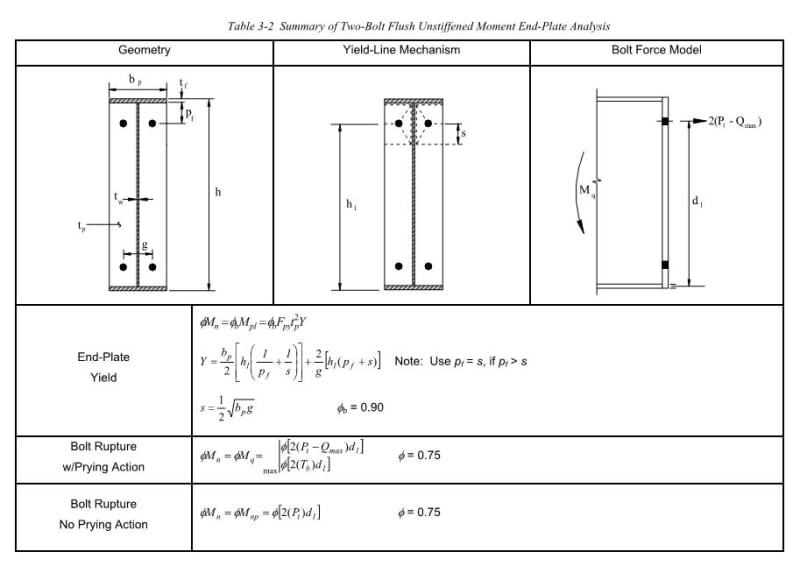Bubik
Structural
- Mar 15, 2016
- 103
Hi everyone
During my visit to a site I have noticed steel connections I am not familiar with ( it is a heavy industry Cement Plant and I have zero experience with this).Would anybody know what type of connection is on the picture? I originally thought it was an end-plate pinned connection but I am not sure as there even isn't a gap between the column and the lower flange of the beam to accommodate rotation. I am not in possession of any calcs so I can't conclude for sure. Has anybody ever come across a connection like this?
Thank you

During my visit to a site I have noticed steel connections I am not familiar with ( it is a heavy industry Cement Plant and I have zero experience with this).Would anybody know what type of connection is on the picture? I originally thought it was an end-plate pinned connection but I am not sure as there even isn't a gap between the column and the lower flange of the beam to accommodate rotation. I am not in possession of any calcs so I can't conclude for sure. Has anybody ever come across a connection like this?
Thank you


![[idea] [idea] [idea]](/data/assets/smilies/idea.gif)
![[r2d2] [r2d2] [r2d2]](/data/assets/smilies/r2d2.gif)
